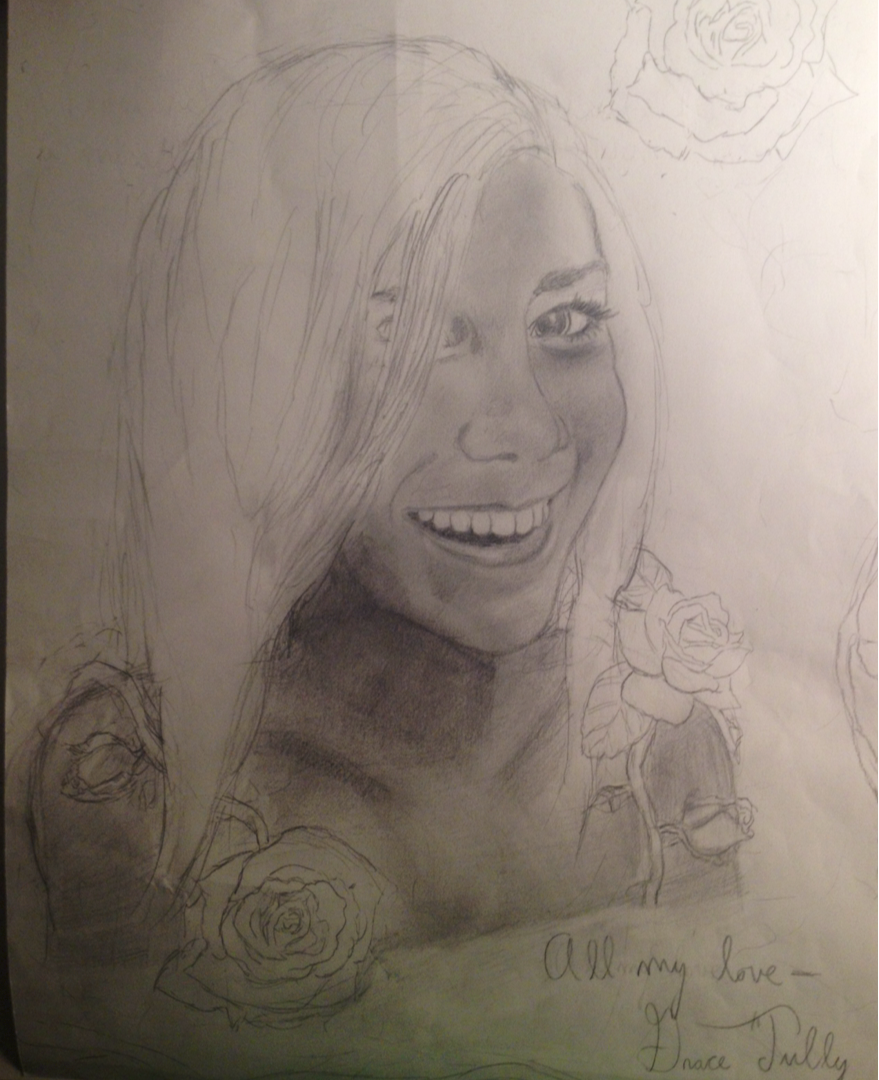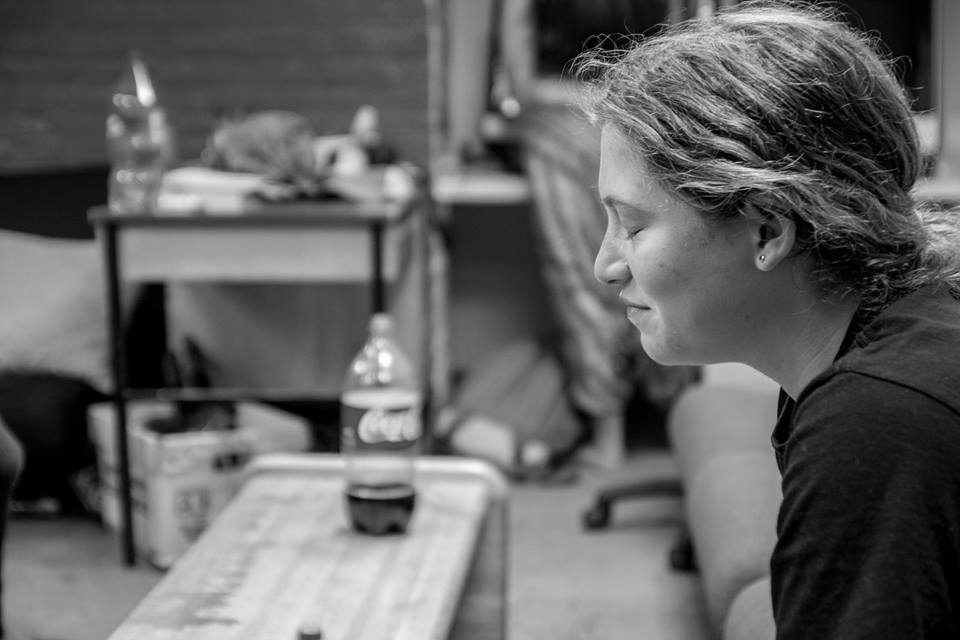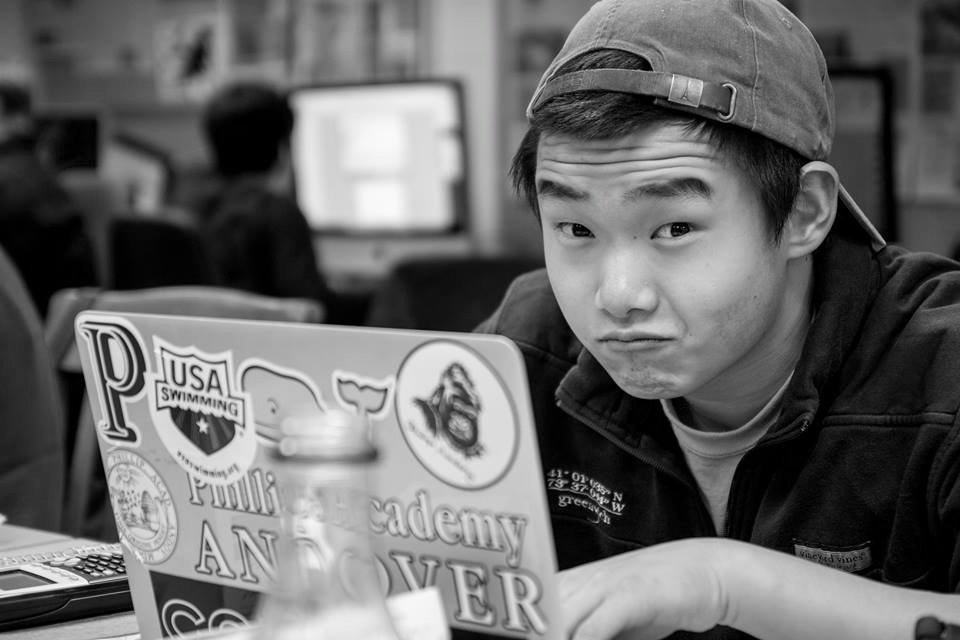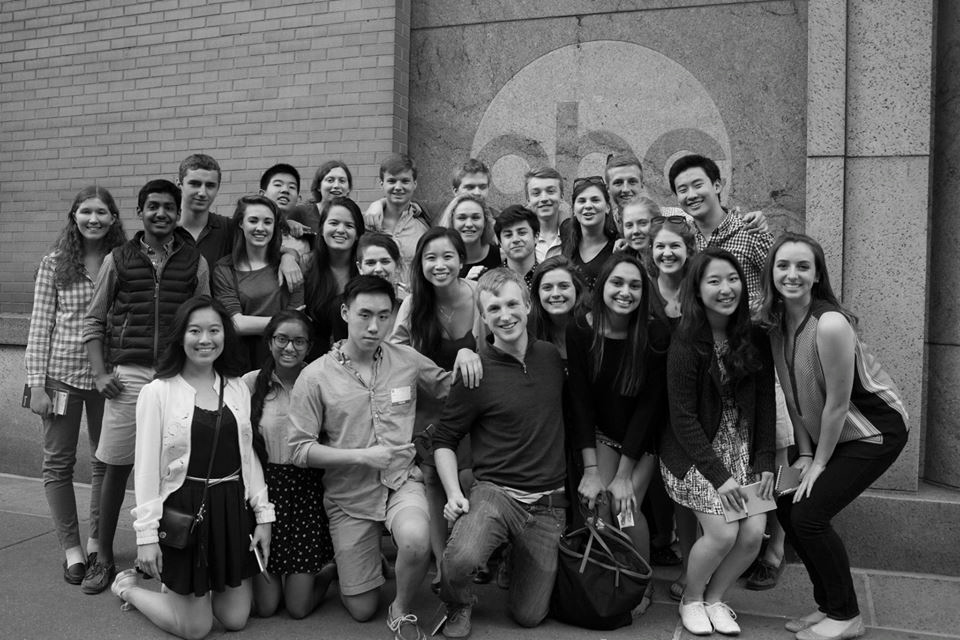The double grief of a lost bliss
Is to recall its happy hour in pain …
We were alone with innocence and dim time.Dante, Inferno, Canto V, ll.118-19
“A woman’s sexual identity is bound up in shame, desire, ecstasy, and grief. The emergence of such an identity functions simultaneously as an act of loss and of utter fulfillment: amidst the conflicting social views of female sexuality that exist between generations, what we gain as women from our sexual experiences also furthers a physical and emotional distance from our mothers that begins at the moment of our birth. In a variation upon the classic innocence-for-knowledge exchange that characterized the fall of Eden, sexuality in the works of both Bechdel and Morrison can be construed as a means of further separating ourselves from the women who birthed us—and in knowing ourselves, our bodies, and our desires, we depart from an implicit state of grace. But in accordance with Winnicott’s theory, when we widen this distance from our mothers through further inhabitance and exploration of our own bodies, we are in fact completing the necessary destruction of the subject by the object through our creation of the identical wounds in which we can recognize both our mothers and ourselves. It is my belief—and, I would argue, the implicated beliefs of Morrison and Bechdel—that to know our mothers, we must first be truly separate from them. Sexual experience and identity provides a vivid lens through which we can observe the pain and potency of this conscious distancing; thus, the multifaceted implications of sexuality in the works of Bechdel and Morrison are conveyed through symbiotic representations of separation and joining.
The mirror exists as a visual and conceptual paradigm of this thematic representation in Are You My Mother?. The presence of a mirror reveals the subject’s isolation from external objects; upon seeing one’s own reflection, Bechdel explains, “…you can see that you’re separate from everything else ” (Bechdel, 232). This notion of separation entails immense physical and conceptual distance: the second panel on this page depicts Bechdel’s silhouette in a terrifying free-fall into vast darkness. But in the same way that the mirror conveys this notion of absence, it also indicates presence, as the reflection of a physical self visually reaffirms the subject’s existence. Because of this, the mirror can also be read as an allegory for Bechdel’s sexuality, which separates her from her mother in countless ways but also establishes her autonomy and inspires the necessary subject matter for a novel that ultimately repairs the distance between the two. On page 156, Bechdel asserts, “If it weren’t for the unconventionality of my desires, my mind might never have been forced to reckon with my body.” The very language of this passage implies the healing of a certain form of emptiness: the gap between the body and the mind. In the textual recounting of her sexual identity, experiences, and relationships, which constitute a substantial portion of the novel as a whole—and implicitly distance Bechdel further from her mother, who explicitly opposes this joining of the personal and the aesthetic (Bechdel, 156)—Bechdel constructs a story that heals the separation between her mind and body, and by extension, between her mother and herself.
In Toni Morrison’s A Mercy, Florens initially demonstrates a fear of dark, empty spaces not dissimilar to Bechdel’s represented fear on page 232 of Are You My Mother?, stating, “How, I wonder, can I find you in the dark?” (Morrison, 5-6). By the end of the novel, however, Florens satiates this sense of distance that applies to both her mother and her lover with a visceral expression of language that is inspired and recounted through the story of her developing sexuality and romance with the blacksmith. As she carves her story into the walls of Vaark’s house, Florens fills her own emptiness until, “There is no more room in this room” (Morrison, 188). And just as Bechdel concludes Are You My Mother? with an act of physicality between her and her mother, symbolizing her successful separation from and rejoining of the subject (Bechdel, 287), Florens concludes her narrative having finally understood her mother’s desire for the hardening of her feet (Morrison, 189). Like Bechdel’s metaphor of the mirror, the hardening of Florens’ feet serves as a symbol for her sexual experience and growth: initially sheltered, vulnerable, and then wounded by her encounters with the blacksmith, their hardening finally provides Florens with both a separation from and an understanding of the decisions of her mother.
Through the development and exploration of their sexuality, both women come to at once understand and distance themselves from their mothers. In Are You My Mother?, Bechdel finally confronts her fear of darkness and emptiness as she concludes her novel and finalizes the destruction of her mother that its publication implies, explaining, “The further I moved into this imaginary space, the more it opened up” (Bechdel, 287). Emptiness in this passage suggests possibility and formation, not unlike the dark matter identified by Scully in A Mercy, which is “aching to be made into a world” (Morrison, 183). Thus, through the darkness and distance wherein Bechdel was once afraid and Florens thought she had lost her way, both women form the narrative realities in which they finalize their separation from their mothers through acts of sexual and physical autonomy—but in doing so, they engage in acts of empathy with their mothers as well. At the end of her novel, Bechdel explains of her mother, “She could see my invisible wounds because they were hers too” (Bechdel, 287). Wounds are themselves visceral representation of absence, depicting areas that form distance where there should be the presence of flesh—and as both Florens and Bechdel come to realize the identical wounds and distance they share with their mothers, conveyed to them as a result of their respective sexual identities and experiences, they are at last given the ability to heal them.
In my own experiences, sexuality gave me a means of reconnecting: in the act of entering the body of another, or of being entered myself, I became more deeply, physically close to another person than I had been since my own body separated from that of my mother. Through the bodies of other men and women, I have learned the natural language of my physicality and my gaze: how to peel back incandescent layers of solitude and vanity to seek what I am as it bleeds through what I was and will be: what I fear, what I think, what I hope to become. My sexuality has challenged the comfort and political conservatism of my mother, testing directly the strength and resilience of her love for her only daughter—and so it was through acts of sexual autonomy that I destroyed the subject, and after years of this mutual wounding, the subject survived its destruction. This was the completion of my sexual identity and my journey to rejoin my mother; in a cyclical manner not unlike the sequence of natural life to which womanhood is bound, it was the moment in which we connected again.
Our physical liberation and the emotional rejoining of our mothers occurs only when women abandon of our search for our effigies of pre-sexual innocence, which—lost to the pulls of experience, grief and “dim time”—existed only when our bodies were one with theirs. In A Mercy and Are You My Mother?, respectively, Florens and Bechdel both wield an extraordinary mastery of language that is derived from love, loss, and their sexual experiences. Through her utilization of psychoanalysis, Bechdel conveys the power of sexuality in destroying the subject and repairing the mutual, invisible cicatrices of separation. The Biblical power of Morrison’s narrative implies that the Eden-like gaining of sexual knowledge and its symbiotic separation from the innocence of creation provides the human connection, the mercy, which renders us effigies of the divine. In both instances, woman’s sexuality is conveyed simultaneously as power and vulnerability, isolation and connection. It binds us inextricably to our own autonomy, and by allowing us to construct our independent identities, makes it possible to understand our mothers’ wounds of separation—and to heal this distance between our creators and ourselves.





Recent Comments